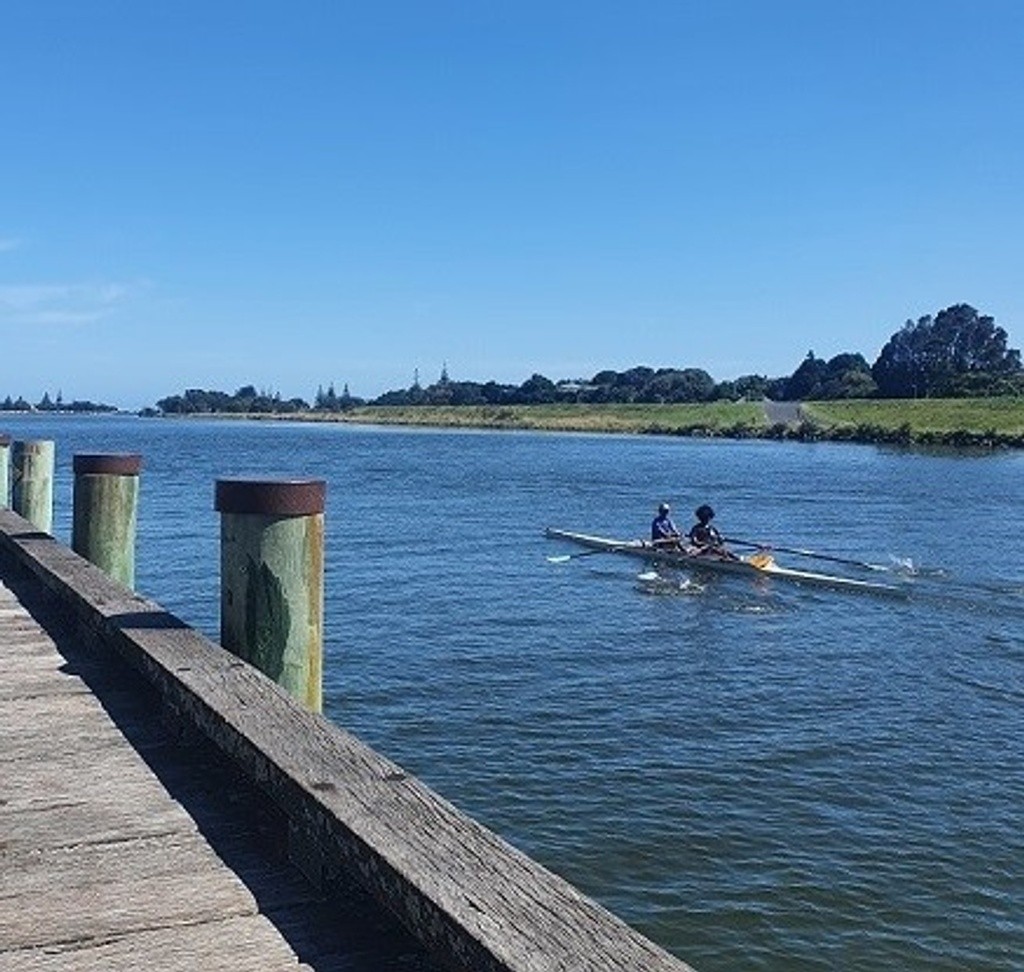Current Water Quality
No data available
This status is based on the latest sample. The Swim Guide - New Zealand updates the status of this beach as soon as test results become available.
Waitara River at Town wharf is sampled Weekly from December 1st to March 30th.
About Waitara River at Town wharf
Source Information
Taranaki Regional Council monitors water quality at popular swimming spots throughout the Taranaki region. Water quality data on Swim Guide is sourced from the LAWA Can I Swim Here? website. www.lawa.org.nz/swim At this site, water is regularly tested for levels of E. coli and potentially toxic algae during the summer months. E. coli is a faecal indicator bacteria is used to indicate the level of harmful pathogens in the water, and the presence of toxic algae blooms can be harmful to people and animals. See information on recreational water quality monitoring in New Zealand in the LAWA factsheet: https://www.lawa.org.nz/learn/factsheets/coastal-and-freshwater-recreation-monitoring/ Beach sites are shown as a GREEN swim icon if the latest E. coli test result was in the range of 0 - 550 E. coli / 100 mL or the toxic algae level is below 20% coverage on rocks. Beach sites are shown as a RED swim icon if the latest E. coli test result exceeded 550 E. coli / 100 mL or the toxic algae level exceeds 20% coverage or mats are forming on the river's edge. A RED swim icon status is also assigned if this site frequently exceeds the standards or there is a temporary water quality issue outside the routine testing programme (e.g. sewage overflow). See information on the standards for recreational water quality monitoring in New Zealand in the 'What do the swim icons mean?' LAWA factsheet. LAWA recommends for all sites, to avoid swimming for 2 - 3 days after significant rain, even for sites that normally have good water quality. A good rule of thumb is to check that you can see your toes in knee deep water. Toxic algae blooms can form rapidly, and even small amounts can be harmful - stay safe and get to know what to look for here so you can avoid it (link to https://www.lawa.org.nz/learn/factsheets/potentially-toxic-algae/) See www.lawa.org.nz/swim for up to date information on current warnings and alerts, weather conditions, real-time water temperature and flow rates, and what facilities are available, the monitoring history at this site and helpful factsheets.
Beaches Near This One
SEE All